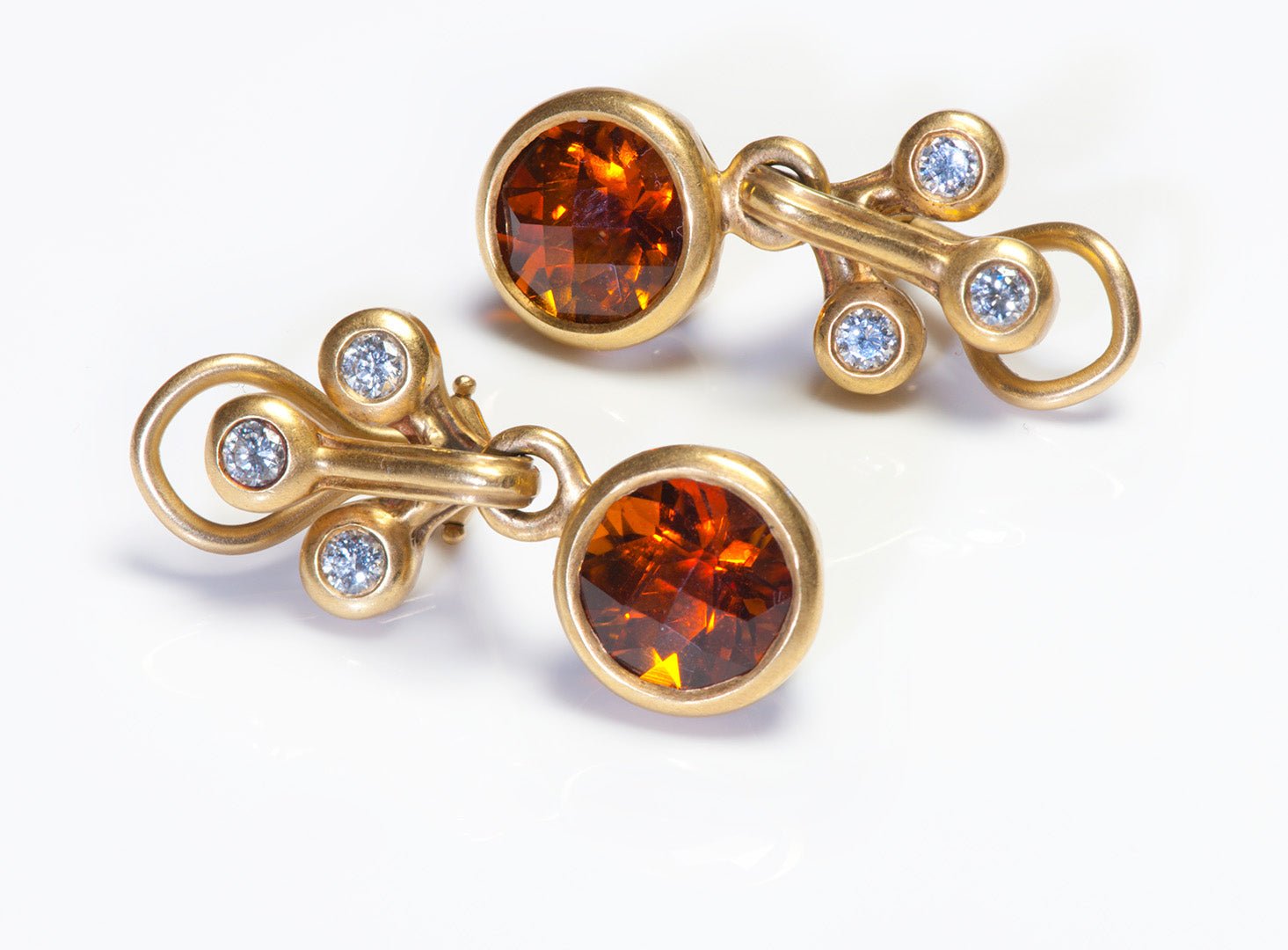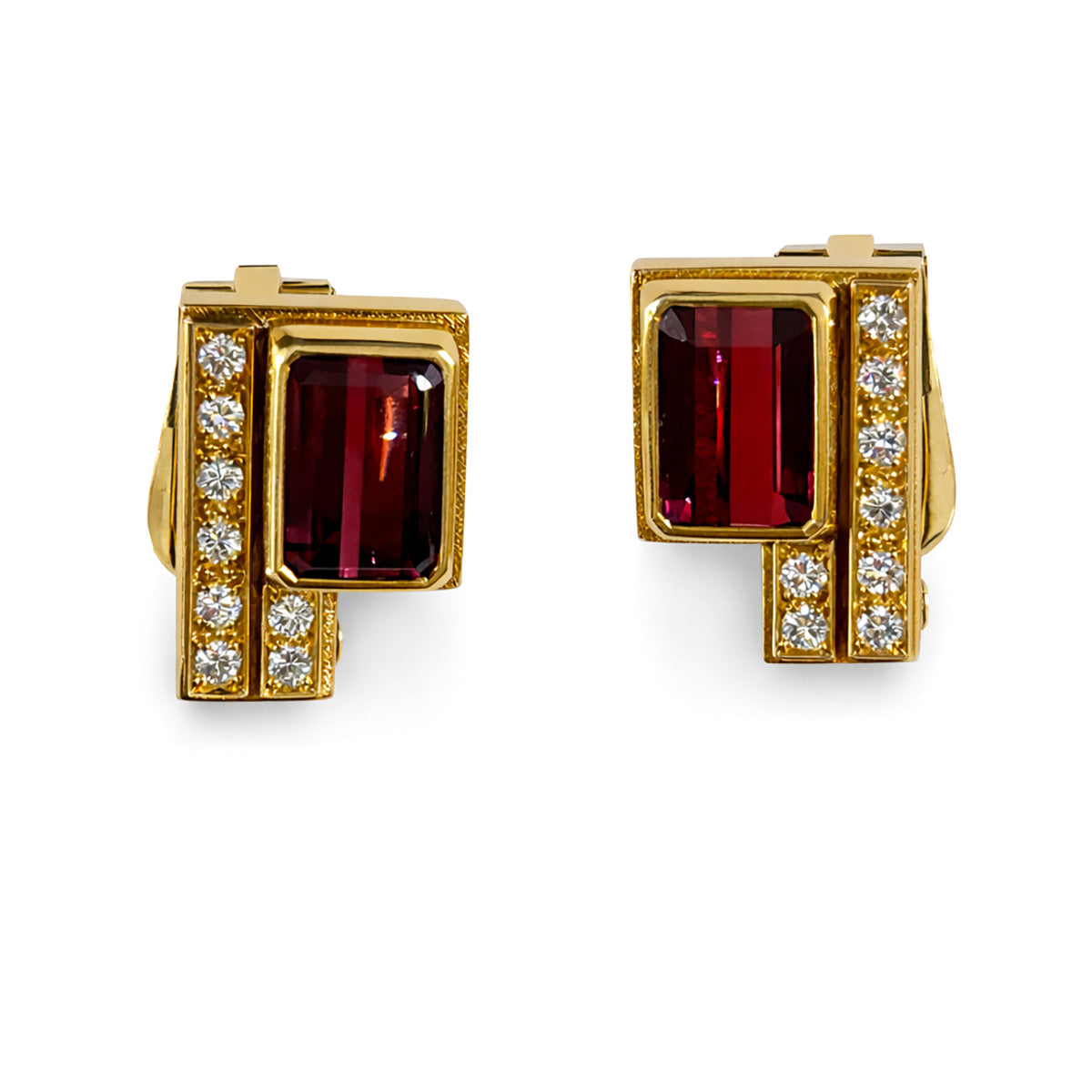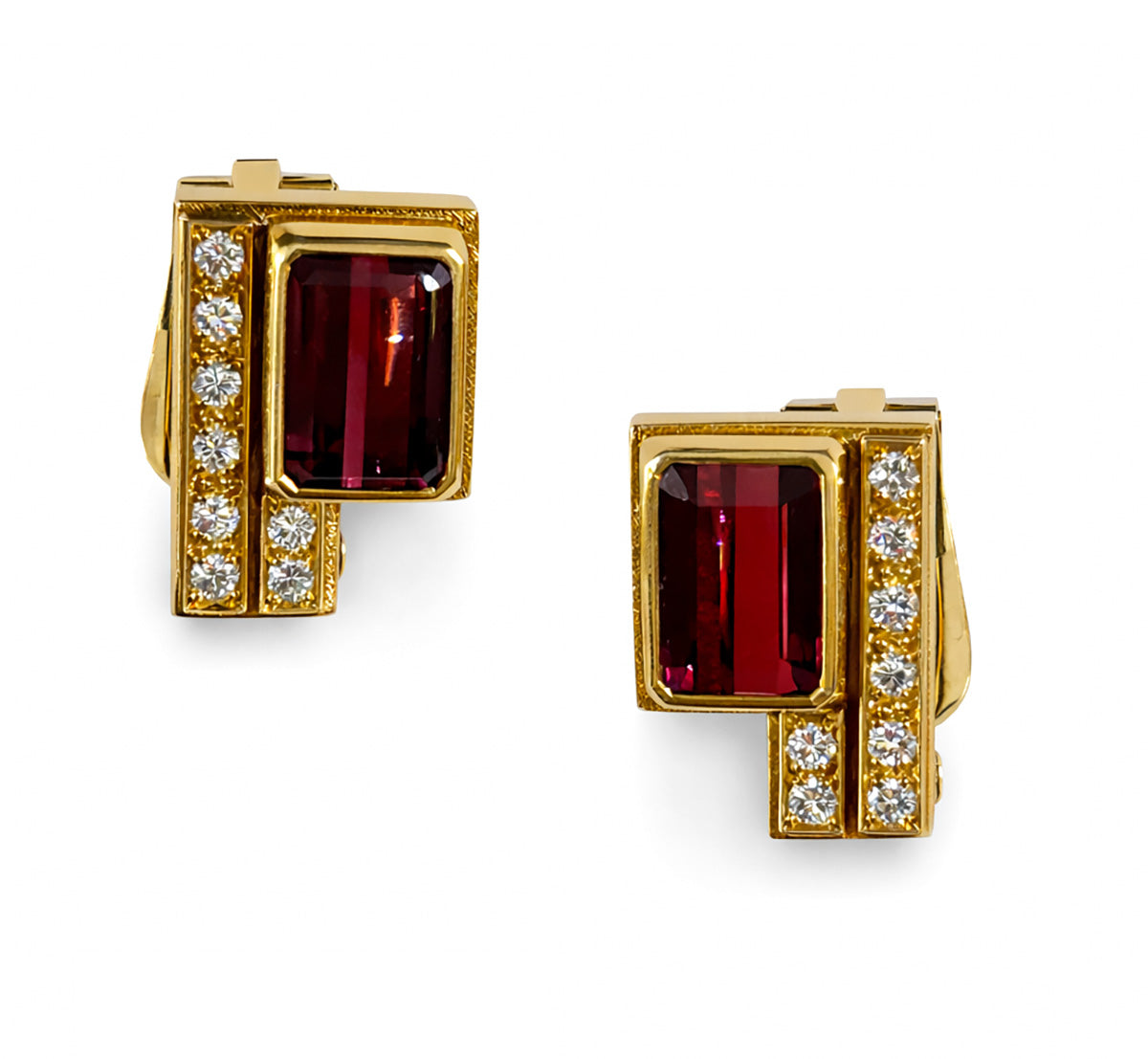
What The Inscribed Markings On Gold Jewelry Represent
Gold jewelry is extremely loved and appreciated, both because of its special appearance and because of the properties that gold has.
Gold is a precious metal that is resistant to oxidation and corrosion, so accessories made from this material are extremely durable and can be kept and worn for a long time.
However, to find out the purity and value of a piece of jewelry made of gold, you need to know some useful information about the hallmarks and the details they provide about the composition of that jewelry.
What Is The Hallmark Of Gold Jewelry?
Pure gold is malleable and soft and is therefore combined with other base metals in the jewelry-making process.
This creates alloys, and the purity of the gold can vary, depending on the percentage it has in the composition of the alloy. Purity is measured in carats, and one carat represents 1/24 of the mass of the alloy.
So if the alloy contains more pure gold, it will have more carats. For example, if the gold is 9 carats, it will represent 375‰ of the mass of the alloy. The 14-carat will be 585‰, the 18-carat will be 750‰, and the 24-carat will be 999‰.
Therefore, if you want to check the degree of purity, you can look for the mark inscribed on the jewelry or the characteristics provided by the manufacturer.
This way you will be able to assess the value of the object. The hallmark can give you this information - so you can check the existing hallmark on the jewelry.
In general, the hallmark is located on the inside of the jewelry (in the case of rings or closed circle bracelets), on a link, on the plate, or on the clasp (in the case of chains, some gold necklaces, and some bracelet designs), but also on other segments of the jewelry.
For example, in earrings with a bar, the marking is applied on the thicker part, in those with patents it is applied on the shank at the top of the earring, and in those with a screw, it is applied on the screw. For pendants, the marking can be placed on the link or the fastening panel.
Examples Of Markings For Yellow, White, And Pink Gold
The color of the jewelry also depends on the purity and composition of the alloy. The various shades are obtained by alloying gold with other metals in certain proportions.
For example, white gold is made from yellow gold and alloys that are light in color (such as silver, nickel, zinc, palladium, etc.), and rose gold is made by mixing yellow gold with copper.
There are, however, several marks that you may notice, regardless of the shade of gold, which are shown below:
333 - 8 carat (8K)
375 - 9 carats (9K)
417 - 10 carats (10K)
500 - 12 carats (12K)
585 - 14 carats (14K)
750 - 18 carats (18K)
999 - 24 carats (24K)
So, whether you want to buy gold bracelets, ladies' rings, gold earrings, or other types of gold jewelry, you can first analyze which hallmark is engraved on your chosen design.
Whether you opt for yellow gold, white gold, or rose gold, the important thing is to select the version that meets all your criteria.
By researching these markings, as well as all the other characteristics (design, brand, price, etc.), you will be able to assess the value of the gold in question and decide whether the product in question offers good value for money.
Hallmarks are important because they place each piece of gold jewelry in a certain category. Thus, any buyer can find out the purity and composition using these figures.
In conclusion, if you want to get information about this aspect, carefully analyze the existing stencil on the jewelry you want to buy.
But if you still have any doubts or further questions, you can always ask the help of specialists or read the specifications that the manufacturer provides.
Keep these details in mind and go for jewelry that is to your liking in every respect.

















